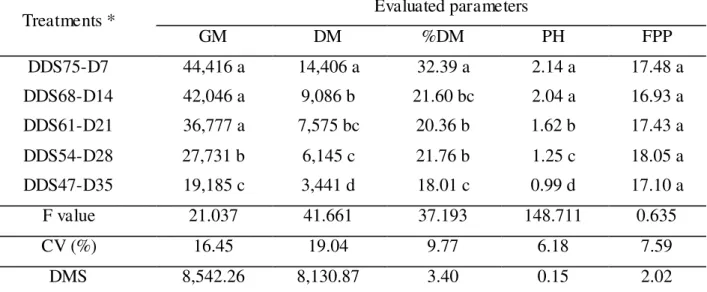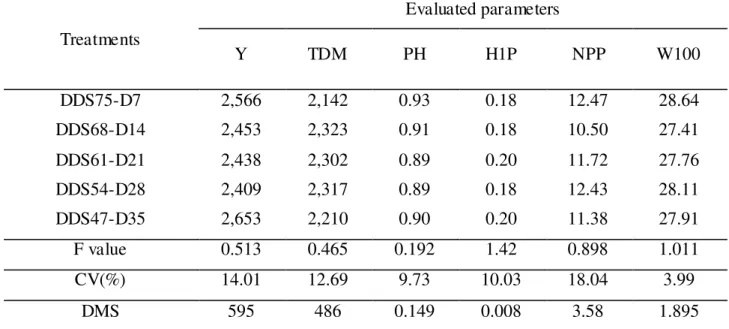DESICCATION TIME OF THE SPRING SORGHUM AS A PREDECESSOR CROP FOR SUMMER SOYBEAN AND AUTUMN BEAN IN A NO-TILLAGE SYSTEM
Texto
Imagem



Documentos relacionados
However, even if this policy does not change the problem of land concentration, its importance is undoubtable, since the legal recognition of these areas is a debt that the
Percentage of herbaceous, shrubs and tree in the diet of goats and sheep in autumn, winter, spring and summer. Different letters indicate significant differences between seasons in
Como se pode observar, são definidos dois atores, Técnico de Previsão e Técnico de Colheita, estes são os utilizadores indicados que devem interagir com o sistema
This study aimed to determine the accumulation progress of dry matter and macro and micronutrients in phenological stages of the biomass sorghum (Palo Alto 2562) crop, as
Desta forma, a metodologia oficial e atualmente utilizada para a avaliação da qualidade dos méis brasileiros é aquela contida no Regulamento Técnico de
The objective of this study was to evaluate the effect of CLA addition replacing soybean oil, to low-protein, sorghum-soybean meal diets fed to the fattening
The alfalfa leaf, stem and total dry matter yield (kg ha -1 ) for spring 2013, summer, autumn, winter and spring 2014, and summer 2015 in.. a field experiment conducted at
Abstract – The objective of this work was to evaluate the density and composition of the soil weed seed bank when bean, corn, and soybean are cultivated in the no-tillage system